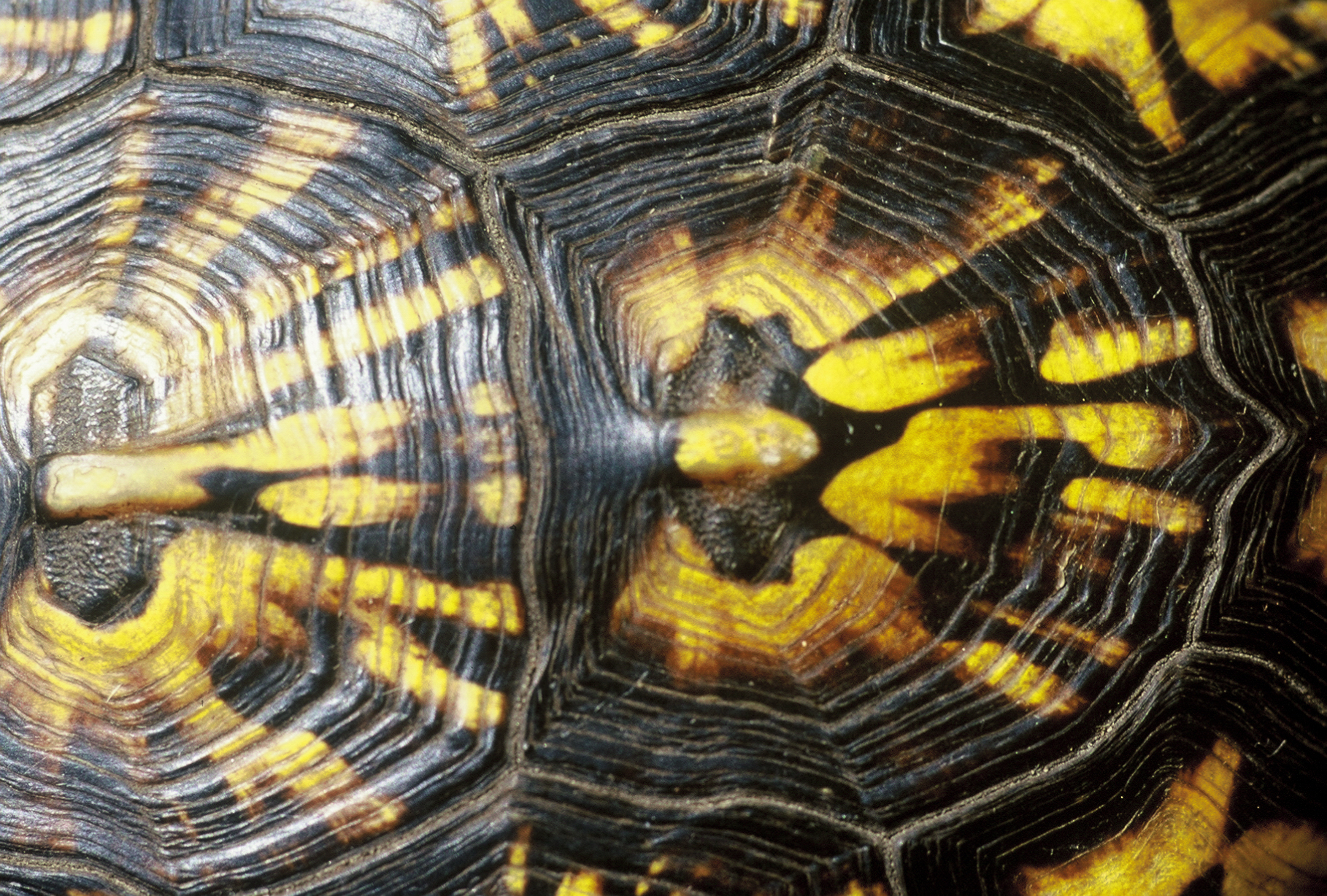


currently unavailable Prolific Fruiting-Great for Jelly or Fresh Eating
This species is the most common raspberry found in many a field where it forms dense colonies by tip layering its way along. Its strong blackberry flavor can be used to make pies, jams and jellies. Canes can be cut down after fruiting as they fruit only on one year canes. They will naturally die down to the ground on their own.
I am using southern Michigan selections that are good fruiters here at my farm. The only downside of this species is its ability not to retain fruit if there is a drought during fruiting season which occurs during June and July. Otherwise there is always a good crop of high quality berries. Probably one of the most recognized wild fruits and consumed fresh despite the high seed count. The fruits are generally solid enough so they come off the cane whole and not broken up into pieces. The strong rich black raspberry flavor is so good that a lot of folks in my area make a syrup out of it and strain out the seeds. The yields are usually very high in the right location. The picking times usually last for 2-3 weeks as long there is not a high temperature spike or drought. Surprisingly this species of raspberry in not common in other parts of the state like it is here. I think part of it is, it needs a wide open space to spread to create the colonies. There probably would be more of these along the roadsides but with the advent of herbicide usage to kill everything along the roads, the populations cannot recover from that very easily unless it reseeds again by birds.
To germinate the seeds: The seeds require a cold period of 90-120 days , a warm period and another cold period of 90-120 to germinate fully. This can be done by planting outdoors in the fall and lightly covering the soil with a sand and peat mixture. This will begin the process some describe as a birds stomach effect where the seed begins to imbibe water after the outer shell begins to break down due to the micro-organisms in the soil Some seedlings will pop the first year, but most will come up the second year in great abundance. You can use a tray but make sure to protect against mice if in a polyhouse. The seem to know they are in the soil and will dig them up.
| Plant Specs |
| Genus & Species |
Rubus occidentalis |
| Seed Source |
Michigan |
| Hardiness |
minus 30F |
| Height (ft) |
4 |
| Width (ft) |
2 |
| Pollination Requirements |
Self fertile. |
| Soil |
Best in loam or other moisture retentive soil type. Although adaptable to drier soil types including sand. |
| Climate |
Zones 3-8. Best in zones 3-6. |
| Ease of Cultivation |
Anyone can grow it. Almost impossible to fail. Water during drought. Avoid shade. Plants spread by tip layering. Can also be grown from seed. |

